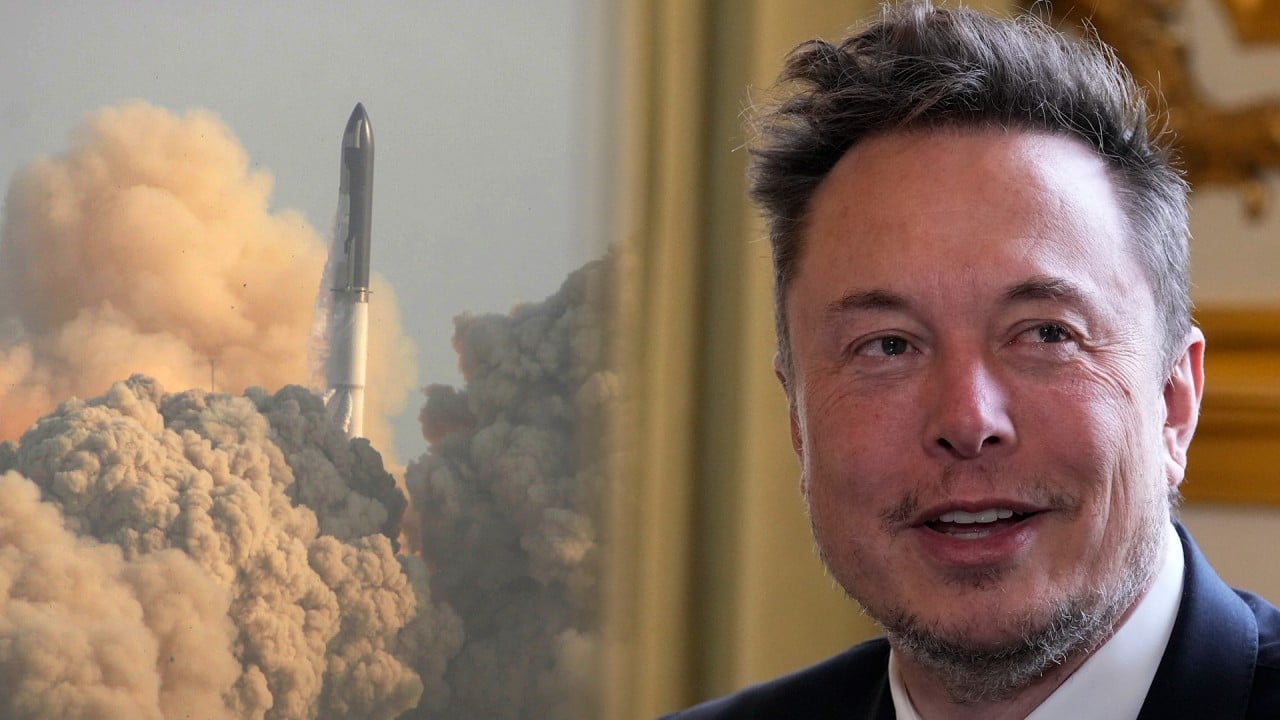SpaceX wins US$843 million to help Nasa destroy International Space Station
The US, Japan, Canada and the countries under the European Space Agency have committed to the space station partnership through 2030, while Russia has agreed to remain a partner through 2028, the date through which the Russian space agency Roscosmos believes its hardware can last.
The scientific cooperation aboard the ISS, orbiting some 400km (250 miles) above, has survived years of geopolitical strife on Earth, including Russia’s war in Ukraine that has ended nearly all other cooperative ties with the Western world.
Holding the US-Russian alliance together is largely a technical interdependency in which Russian thrusters maintain the station’s orbital altitude and US solar arrays keep its power running.
Those Russian thrusters were originally meant to push the ISS into Earth’s atmosphere at the end of its life. But in recent years Nasa has sought its own deorbit abilities should Russia bow out of the alliance earlier than planned or become unable to do the task itself.
The US deorbit plan was accelerated in recent years as the White House and other government entities pressured Nasa to make contingency plans amid souring relations with Russia.
For after 2030, Nasa has been funding early development of privately built space stations in low-Earth orbit to maintain US presence in the cosmic region, with Airbus and Jeff Bezos’ Blue Origin involved in those efforts.
Though the market for private space stations is not fully understood, US officials believe a commercial ISS replacement is crucial to compete with China’s newer space station in low-Earth orbit.
Nasa and China are both racing to the moon. The US space agency is investing billions of dollars, partnering with several countries and companies including SpaceX to return the first humans to the moon since 1972.
